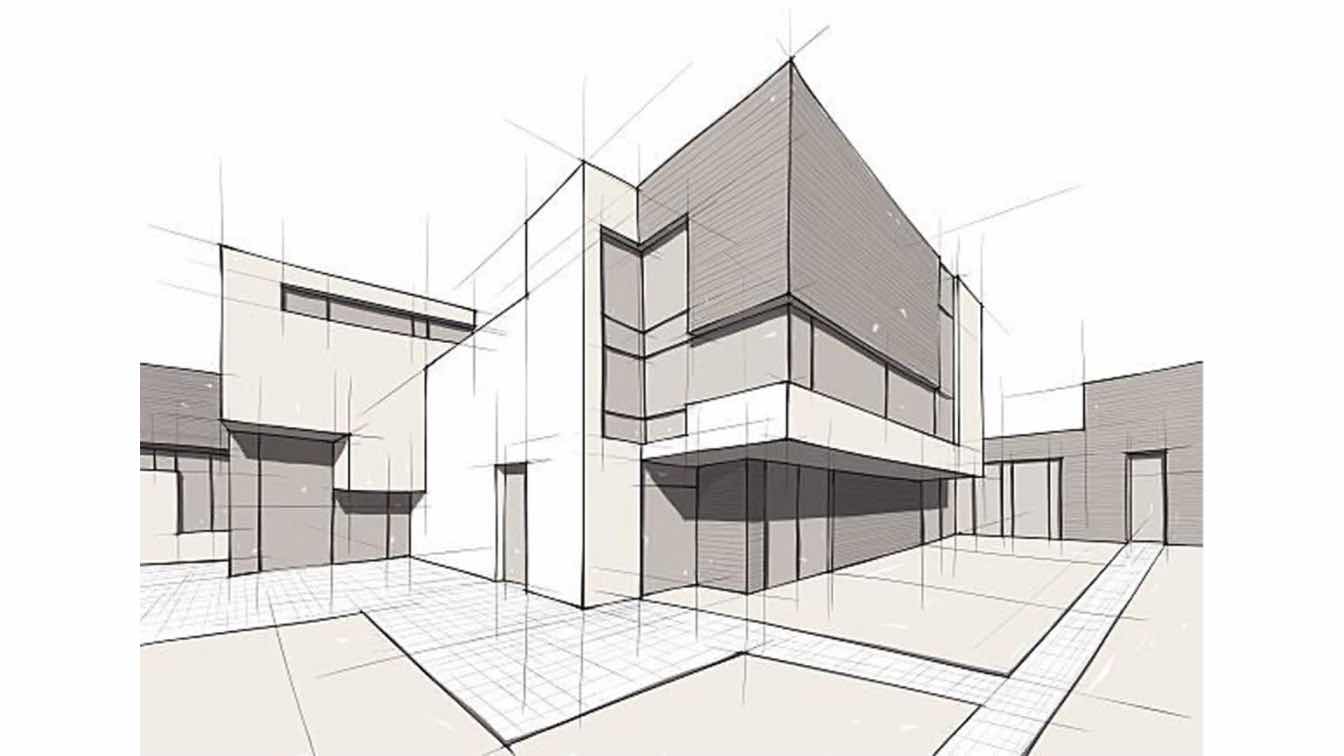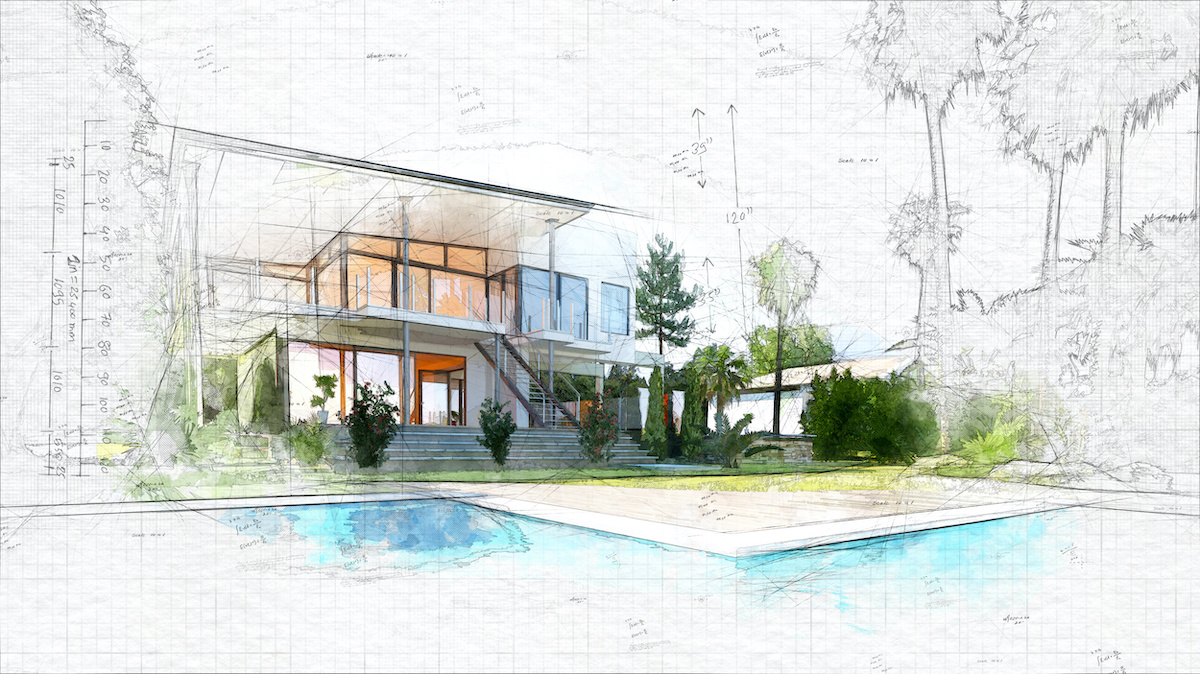A Comprehensive Overview of Architectural Designs and Their Influence on Modern City Preparation and Growth
Building styles have long served as a mirror to the social values and technological developments of their time, playing an important function in shaping modern-day city planning and development. From the majesty of Neoclassicism to the practical technique of Brutalism, each design has introduced unique principles that affect urban aesthetics and capability.
Historical Summary of Building Designs

As societies transitioned through the Middle Ages, Gothic architecture arised, defined by its verticality and detailed describing, mirroring the spiritual goals of the era. The Renaissance noted a resurgence of classical perfects, combining art and design in innovative means that influenced subsequent designs across Europe.

Today, building styles remain to develop, driven by globalization and sustainability problems, showing a dynamic interaction in between heritage and development. This historic introduction underscores the significance of style as a mirror of societal evolution and as a stimulant for metropolitan development.
Key Architectural Styles Explained
The variety of architectural styles shows the myriad influences that form our built atmosphere, each personifying distinct features and cultural relevances. Trick building designs include Classic, Gothic, Baroque, Innovation, and Postmodernism, each representing one-of-a-kind historical contexts and aesthetic viewpoints.
Classic style, rooted in old Greece and Rome, emphasizes symmetry, proportion, and the usage of columns (cda architects). In comparison, Gothic style, flourishing in the center Ages, is characterized by pointed arches, ribbed vaults, and flying buttresses, creating a heavenly top quality in sanctuaries. Baroque style, arising in the 17th century, is noted by magnificence, sophisticated embellishment, and a vibrant interplay of light and darkness
Modernism, which gained energy in the early 20th century, focuses on function over form, utilizing new products like steel and glass to create minimal frameworks. Postmodernism, responding against the austerity of Innovation, embraces eclecticism and historic reference, usually integrating spirited elements and irony.

Influence On Urban Preparation
In forming the development of cities, architectural styles substantially affect urban planning decisions. The selection of architectural style commonly dictates the aesthetic appeals, performance, and general look at this now personality of city settings.
In addition, building designs can impact zoning laws and land use policies. Urban planners have to think about the prevailing architectural patterns when developing areas, guaranteeing that new advancements balance with existing frameworks. This consideration fosters cohesive urban landscapes and boosts area identification.
The application of certain architectural styles can also affect socioeconomic aspects within a city. High-end my review here modern styles may bring in upscale residents and organizations, leading to gentrification, while a lot more cost effective housing solutions may prioritize sensible and lasting designs to suit varied populations. cda architects. Eventually, the interplay in between building designs and metropolitan planning creates vibrant cities that show both historical context and modern demands, shaping the lived experiences of their occupants
Sustainability and Modern Style
Building styles play a critical duty in resolving modern difficulties, particularly in the realm of sustainability. As metropolitan areas increase and environmental problems heighten, modern design increasingly welcomes sustainable layout principles that focus on energy efficiency, resource preservation, and minimal environmental impact.
Contemporary architectural activities, such as biophilic design and eco-friendly style, advocate for frameworks that integrate with their surroundings, using all-natural materials and promoting biodiversity. These designs often integrate renewable resource sources, such as photovoltaic panels and wind turbines, to decrease dependence on nonrenewable fuel sources and lower carbon footprints.
Moreover, the integration of innovative technologies, such as clever building systems, enhances energy administration, maximizing source use while ensuring resident comfort. Ingenious water administration approaches, consisting of rain harvesting and greywater recycling, more add to sustainable urban environments.
Notably, sustainability expands past ecological problems; it incorporates social and financial measurements. By cultivating area health and advertising inclusivity, contemporary architectural styles align with lasting growth objectives. The advancement of building practices continues to form durable cities that not only fulfill the demands of the present but additionally guard the future for generations to come.
Area Interaction in Design
Area interaction in design works as a crucial bridge in between designers and the populations they offer, making sure that the built setting shows the needs and desires of its individuals. This joint process invites neighborhood members to add their insights and choices, promoting a feeling of possession and obligation towards the areas they inhabit.
Efficient community interaction employs numerous methods, such as workshops, studies, and public discussion forums, to gather diverse point of views. These approaches assist in a two-way discussion, allowing architects to understand neighborhood contexts while empowering residents to articulate their concerns and wishes. This inclusivity not just enhances the style top quality but likewise advertises social equity by dealing with the one-of-a-kind challenges dealt with by marginalized teams.
Moreover, neighborhood involvement can lead to innovative options that could not emerge in a conventional style procedure. By incorporating local understanding and cultural worths, engineers can create spaces that resonate even more deeply with customers, boosting usability and sustainability. Ultimately, prioritizing neighborhood interaction in layout procedures causes settings that nurture social interactions, support well-being, and enhance neighborhood connections, therefore playing a crucial duty fit modern urban landscapes.
Final Thought
Building designs have actually exceptionally affected modern city planning and growth, reflecting developing learn this here now cultural and technical contexts. The assimilation of historic aesthetic appeals with modern requirements cultivates city settings that focus on sustainability and area engagement. As cities continue to grow and adapt, the ongoing dialogue in between architectural heritage and contemporary style concepts will certainly continue to be necessary in creating inclusive, lively areas that improve lifestyle and promote social equity. The future of urban growth depend upon this unified balance.